AGM 2022 – Member Presentation Abstracts
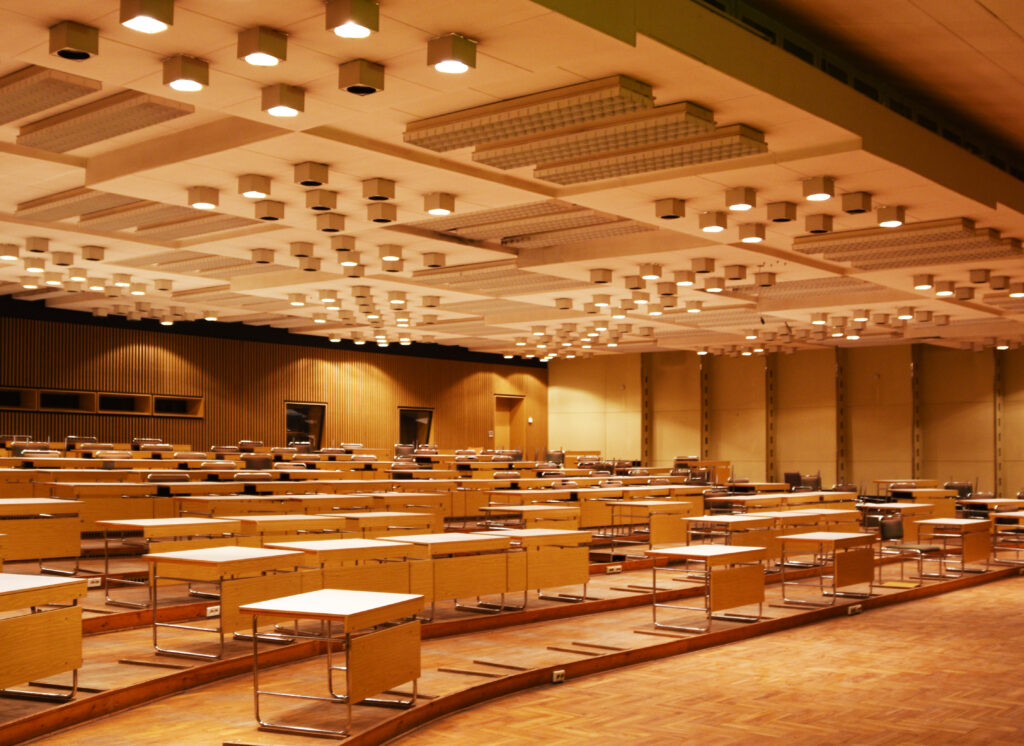
Sniffing it out: A study project on the odours of a former GDR lecture hall
Alexandra Skedzuhn-Safir, BTU Cottbus-Senftenberg | ICOMOS Germany
Email: alexandra.skedzuhn@b-tu.de
Usually, no consideration is given to odours at heritage sites unless they are perceived as negative or even detrimental to one’s health. The odours of places, though, not only allow conclusions about their (former) uses and of employed building materials, but they also contribute to the sense of a place.
In the last winter semester, the Chair of Architectural Conservation at BTU in Cottbus offered a study project on the significance of odours in connection with heritage sites, employing as a case study a lecture hall built during the GDR period located on the BTU campus. One of its distinguishing features is that it still possesses the furnishings from the period of construction, which allows for a study of odours that may be characteristic for the GDR.
As odours are not part of heritage or site documentation, a method was developed in the SP that allows to record and create a so-called smellscape of a heritage site.

Climate Action in 20th Century Heritage
Carmen Daly Schelbert, DALY RehabSOS | ICOMOS Argentina
Email: cdalyschelbert@gmail.com
We will present a brief reflection on the connection between Climate Change and Heritage; specifically, we will delve into what actions we can take to safeguard 20th century heritage. The International Scientific Committee on 20th Century Heritage promotes and celebrates the values of 20th century heritage places and their creators; ISC 20C aims to lead, support, and sustain their conservation, management and interpretation. The architecture of this period is particularly vulnerable, there is no clear legislation to protect it and they present a high degree of vulnerability to climate change. ICOMOS Scientific Committees and national and international ICOMOS Working Groups have a leadership role to play in highlighting the urgency and promoting climate action. “Meaningful, just and global action is required to achieve change, and cultural heritage is a key part of the solution” (Triennial Scientific Plan 2021-2024 Cultural Heritage and Climate Action. Climate Action Working Group) We will reflect on the use of a well-known tool in “Risk management” that, used in a global and coordinated way, can help us to concretize actions in the face of 20th century heritage risks.

The 20th Century architectural walks in Sarajevo as a tool for strengthening local self-awareness
Elša Turkušić Jurić, University of Sarajevo | ICOMOS Bosnia and Herzegovina
Email: elshat@gmail.com
With architectural walks and their accompanying maps, an attempt was made to raise citizens’ awareness of the character, significance and value of Sarajevo’s modernist architecture and spaces they use every day. The lack of public awareness and legal recognition of the value of the 20th century heritage leads to its devastation or poor restoration. This long-term project, the first of its kind in the B&H, is based on the idea that knowing the quality of our immediate (living) spaces is a necessary part of citizens’ ability to identify with them. This in turn allows them to participate actively in their inevitable transformation, and in the processes designed to protect them. It also researches the idea of walking as a medium of spatial communication, which provides the opportunity for “living memories” to be used in the examination and establishment of (new) interpretations of the cultural stratification of past (and future) transformations of the city.
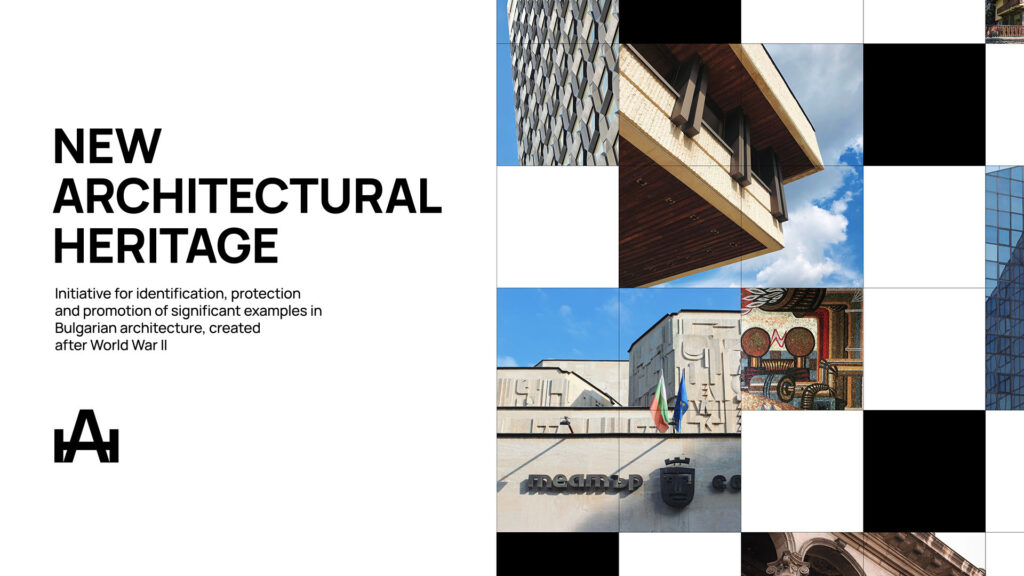
New Architectural Heritage: Initiative for the identification, protection and promotion of significant examples in Bulgarian architecture created after WWII
Emilia Kaleva, Architect | ICOMOS Bulgaria
Email: emiliakaleva@gmail.com
This is а two-year research project for identification of immovable cultural heritage after 1945. It aims to highlight valuable examples of Bulgarian post-WW2 architecture built in the capital Sofia and to propose most valuable and endangered ones to be listed in the National Register of Immovable Cultural Properties. Bulgarian architecture from this period is still not clearly recognized as a cultural value. Only a few sites built in the country after 1945 are officially listed and only one of them is located in the capital. This puts valuable examples from our recent architectural past at considerable risk of destruction or damage. The project aims to expand the notion of architectural heritage, to preserve post-WW2 architecture, to change public attitudes towards a particular historical period and to keep multilayered cultural traces in contemporary Bulgarian cities.
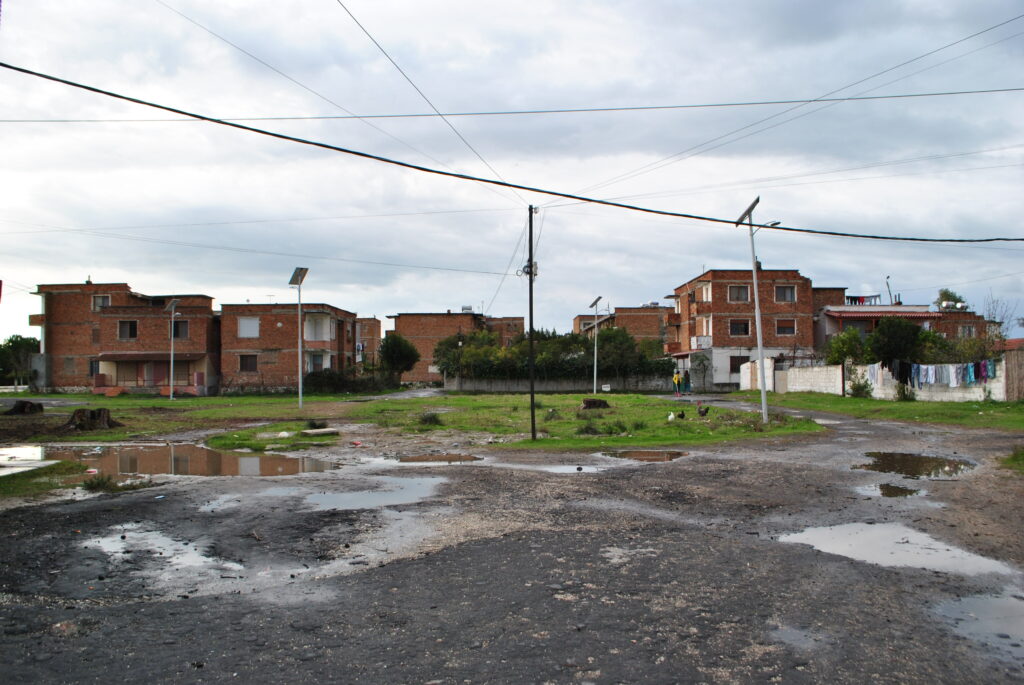
Imprinted in the landscape: traces of socialist rurality in contemporary Albania
Federica Pompejano, MSCA-IF Researcher 2020-22 | ICOMOS Italia
Email: federica.pompejano@gmail.com
Due to its past regime’s nationalistic emphasis that condemned the country to the hardships of its self-reliance under forced industrialisation, urbanization, and harsh policies of land collectivisation, Albanian 20th-century’s modernity constitutes a peculiar case study. The socialist modernisation processes left evidence in the rural landscape which represents remembrances of failed economic policies, encompassing architectural, cultural, societal, anthropological, and historic values and memories. These are progressively becoming more difficult to be recognized and processed, whilst post-socialist imprints are reshaping the countryside. Building on an interdisciplinary methodology, the aim is to investigate and document the Albanian Socialist rural legacies in the post-socialist present. The purpose is to contribute to the debate on ways of recognizing, documenting, assessing, and reinterpreting this significant inheritance in the landscape, to discuss and place the Albanian case in the main framework of the wider European studies on modernist rural architecture and landscapes.
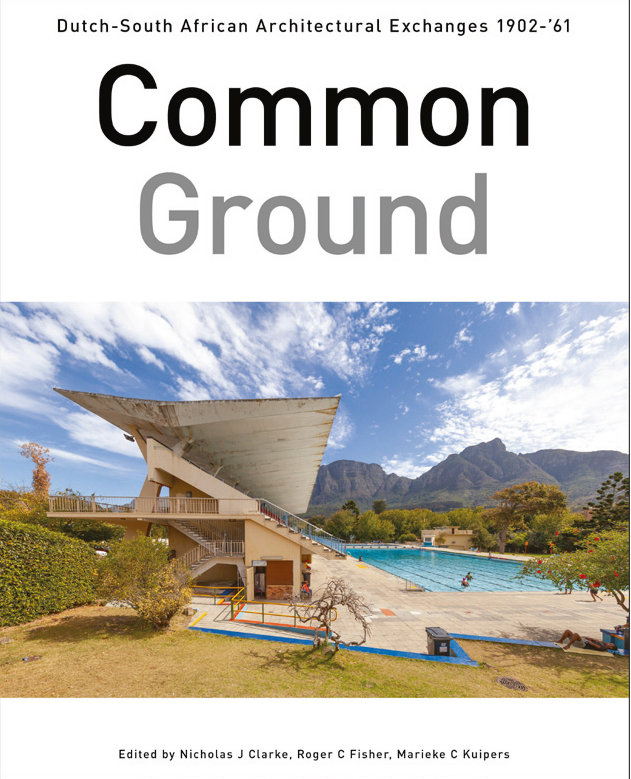
Shared 20C Dutch-South African Heritage
Marieke Kuipers, TU Delft | ICOMOS Netherlands
Email: m.c.kuipers@tudelft.nl
This presentation deals with the collaborative research project that has resulted in the book Common Ground, Dutch-South African Architectural Exchanges 1902-61 (2021: LM Publishers, co-edited by this author). During the project, initiated by the University of Pretoria, we have identified hundreds of 20C buildings and neighbourhoods designed by dozens of Dutch-born émigré architects in South Africa. Their rarely known contributions to the built environment are typologically and stylistically very diverse, varying from swimming pools to offices, factories and cathedrals alongside housing. These included works by two pioneering female architects–still underrepresented in historiography.
The concept of ‘shared heritage’ may be severely criticized but the tangible residue can also act as a multivocal instrument to aid mutual understanding of a sometimes painful past and recognition of new values; e.g. in ‘Model Township Atteridgeville’
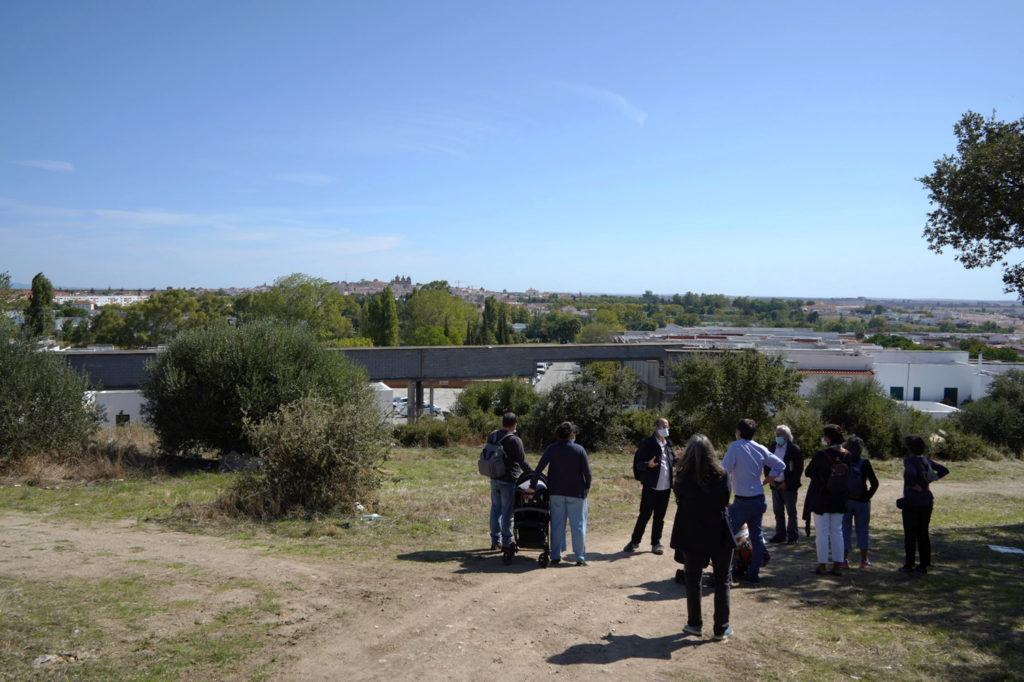
Malagueira: Heritage of All
Pedro Guilherme and Sofia Salema, University of Évora | ICOMOS Portugal
Email: pmg@uevora.pt
Malagueira (Évora) is part of an ensemble of works by the Álvaro Siza Vieira included at the Portuguese Tentative List for UNESCO World Heritage Sites.The research project “Malagueira: Heritage of All”, bridges between research (integrating Erasmus+, master and PhD students) and teaching, and seeks to contribute to the identification, recognition, and systematisation of the values of authenticity, integrity, and exceptional universal value of the site, thus fostering its classification.
The cross-cutting nature of this research is based upon the articulation between ICTs, graphic design and heritage values that are intended to debate and bring together all the perspectives from the different stakeholders about this built and unbuilt modern architecture. A series of dissemination actions including expert accompanied site visits to the neighbourhood and public debates and presentations promote the understanding of Malagueira’s project and its protection. This presentation intends to share our actions towards a more inclusive, participated, sustainable, and socially responsible development of Malagueira.
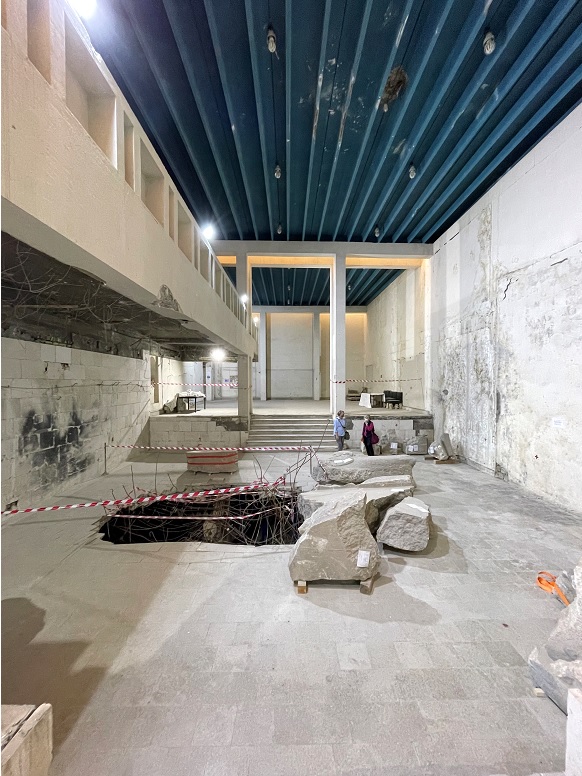
Iraqi Modernism: Mosul Museum
Stuart Tappin, Stand Engineers | ICOMOS UK
Email: st@standengineers.co.uk
Mosul Museum in north Iraq dates from 1973-74 and was designed by the renowned Iraqi architect, Mohammed Makkiya. The museum was occupied by ISIS in 2014 and images of the senseless destruction of objects and the burning of the priceless library circulated soon after. Mosul was recaptured by Iraqi troops in 2017 when the full extent of the damage and looting became apparent. The World Monuments Fund (WMF) are working in partnership with the Iraqi State Board of Antiquities and Heritage, the Musée du Louvre and the Smithsonian Institution, to restore the museum and its collection. We have been appointed by WMF as the consulting structural engineer for the proposed repair and refurbishment of the museum. We have made two visits to Mosul as part of our appraisal of the structure and to develop details for its repair. This has included an assessment of the fire-damaged concrete and an area where a bomb as blown a large hole in the floor of the Assyrian Hall. We have been assisted by historic drawings and photographs taken during the construction. The future re-opening of the museum will be an important part of the healing process for Mosul and Iraq. It will also help to promote the importance of modernism in Iraq, which is relatively unknown, and develop the nascent conservation of 20th century buildings in the region

